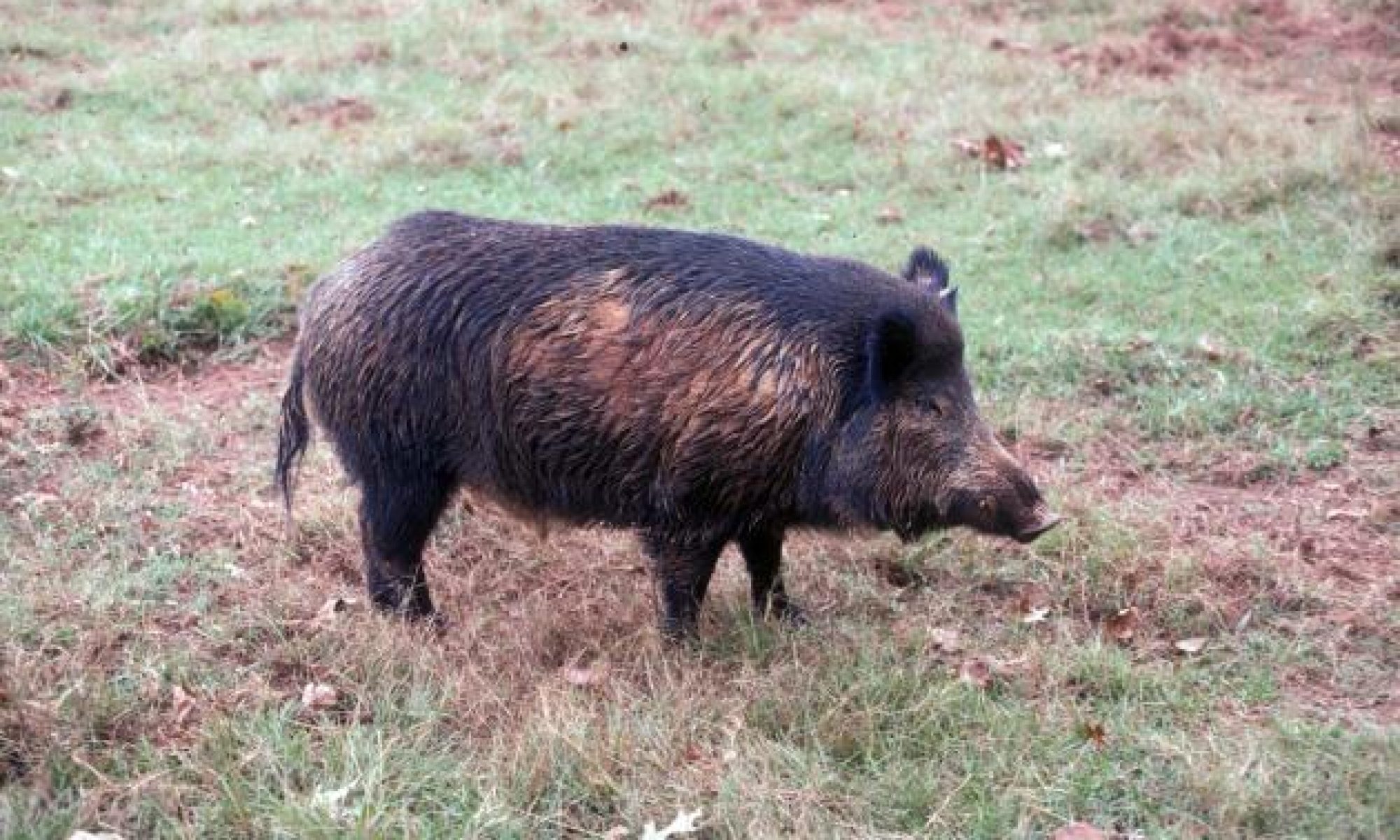Feral hogs are a growing nationwide problem in the United States at the present time. Not native to the Western Hemisphere, the presence of these animals here is solely attributable to both intentional and accidental introductions by man. All feral hogs (also called wild hogs) in the United States belong to the species Sus scrofa.
Brought to the United States during the early 1500s, feral hogs have had a long history in this country. In spite of a fairly …
